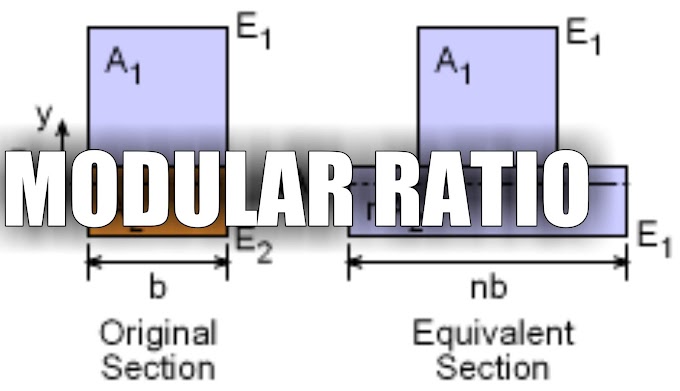Strain in engineering and materials science is the measure of deformation representing the elongation or compression of a material. The most common type is engineering strain (also known as nominal strain), which is the change in length divided by the original length.
Engineering Strain is given by the formula:
\(\epsilon_e = \frac{\Delta L}{L_0}\)
Where:
- \(\Delta L\) is the change in length (final length minus original length).
- \(L_0\) is the original length.
This strain is an approximation, assuming the deformation is small relative to the object's overall dimensions.
True strain, or logarithmic strain, provides a more accurate measure for large deformations. It is defined as:
\(\epsilon_t = \ln\left(\frac{l}{L_0}\right)\)
The difference between engineering strain and true strain becomes significant with large deformations. For small deformations, they are approximately equal since the natural logarithm of a value close to 1 is roughly equivalent to the value minus 1.
In summary:
- Engineering strain: Used for small deformations, simpler to calculate.
- True strain: Used for large deformations, provides a more accurate description.




0 Comments